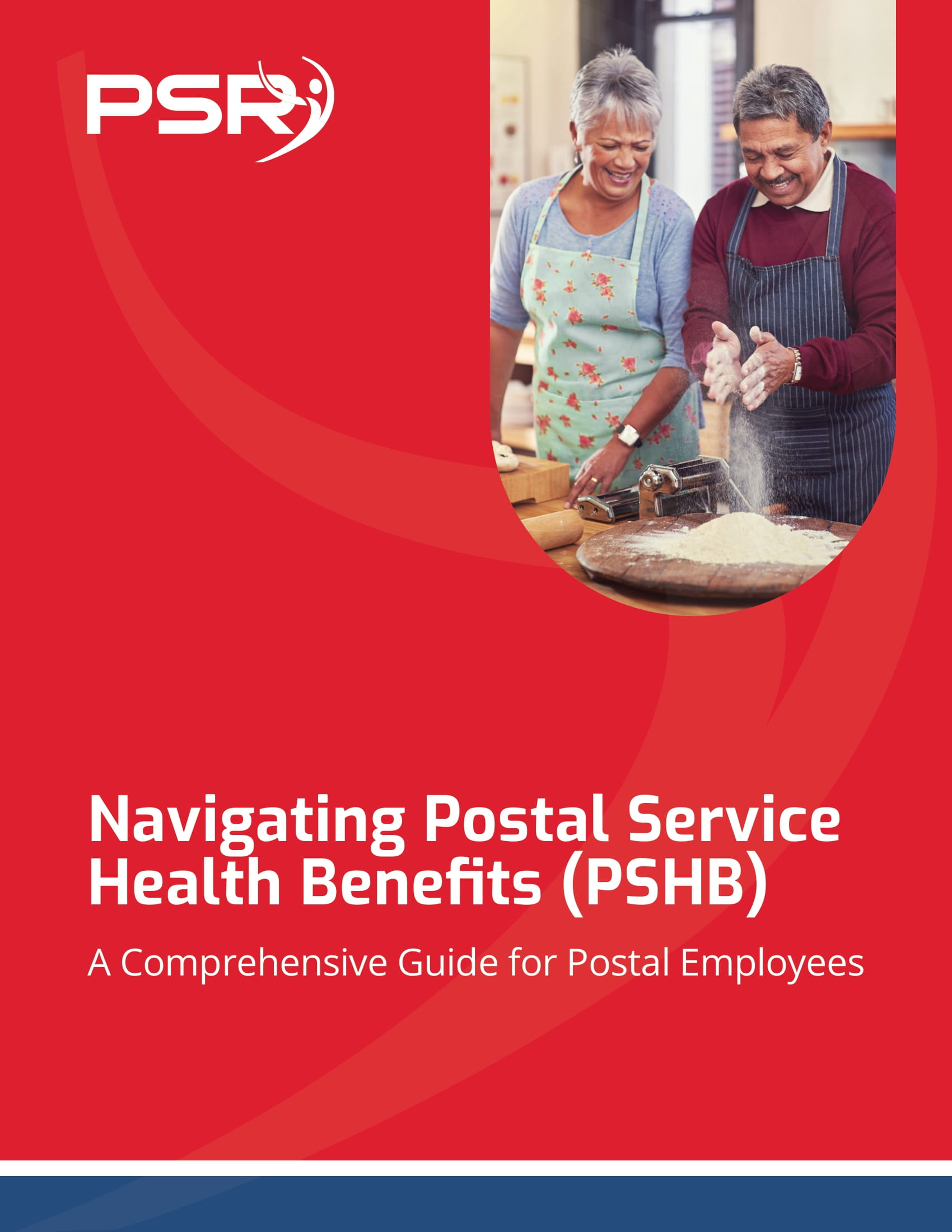Key Takeaways:
- Blending civilian paychecks with military benefits can help you secure a balanced and rewarding retirement.
- Strategic planning is key to making the most of military perks while continuing to build civilian wealth.
Why You Should Think About Blending Civilian and Military Retirement Benefits
When it comes to planning for retirement, military personnel have some unique advantages. But what happens when you transition to a civilian career and want to make the most of both worlds? If you’re part of the public sector or have served in the military, you may be able to blend civilian paychecks with military perks to build the retirement you’ve been dreaming of. This combination could provide stability, financial security, and the lifestyle you’ve always wanted.
- Also Read: Federal Retirement Advice You Didn’t Know You Needed—Until Now
- Also Read: The Latest Federal Employee News You Need to Know to Protect Your Retirement
- Also Read: Ready for Retirement? Here’s How Law Enforcement Officers Can Leave the Job with Benefits Intact
How Does Blending Civilian and Military Benefits Work?
Blending civilian and military benefits essentially means leveraging both military pensions and your civilian income or retirement savings options like a 401(k). If you’re retired military and working in a civilian job, there’s potential to stack both income streams for a more comfortable retirement.
Military members who retire after 20 years of service often receive pensions that can begin as soon as they retire, regardless of their age. This early pension, combined with ongoing civilian employment, can put you in a unique position financially. Military pensions, unlike some other retirement plans, adjust for inflation, which adds to the long-term value.
To top it off, if you’re still working in the civilian world, you can build up Social Security credits, contribute to employer-sponsored retirement plans like a 401(k) or IRA, and even receive other employment benefits. Together, these resources create a multi-layered retirement strategy that puts you ahead.
Key Military Perks to Use in Civilian Life
Before you jump into retirement planning, it’s crucial to understand the military benefits that can complement your civilian earnings. Here are some military-specific perks you should consider:
-
Pension Benefits: As mentioned earlier, a military pension begins after 20 years of service, which could be as early as your 40s. This can provide a steady stream of income for decades.
-
Healthcare: Veterans often have access to healthcare options that extend beyond their military service. If you qualify for TRICARE, this could save you thousands of dollars annually on medical expenses that many civilians have to cover out of pocket.
-
Education Benefits: If you plan to continue your education after military service, don’t overlook the GI Bill. Whether you want to enhance your career in the civilian world or simply pursue something new, these funds can make it affordable.
-
Veteran’s Preference for Government Jobs: If you’re thinking of entering the public sector, keep in mind that veterans often receive hiring preference for federal government positions. Many government jobs offer excellent retirement savings plans, such as the Federal Employee Retirement System (FERS), which could further boost your nest egg.
How to Transition from Military to Civilian Retirement
The key to blending civilian and military retirement is planning. Whether you’re currently in the military and thinking of transitioning, or you’re a few years into civilian life, you can take steps to align these income streams.
1. Know Your Timeline
If you’re nearing military retirement, start by determining when you’ll be eligible for pension benefits. Many military retirees choose to continue working after they leave the service, so map out how long you plan to remain in the civilian workforce and when you want to fully retire. Remember, your military pension will start immediately after retirement, whereas civilian retirement savings might not be accessible until later, depending on the type of account.
2. Leverage Your 401(k) or IRA
If you’re employed in a civilian job, don’t neglect your retirement savings options. Maximize your employer’s contributions to a 401(k) if available, and consider contributing to a Roth IRA, which can grow tax-free. The military pension can provide a consistent income, but a 401(k) or IRA adds another layer of financial security in your later years.
3. Plan for Healthcare Costs
Once you retire, healthcare can become a significant expense. While TRICARE offers affordable healthcare options for veterans, civilian workers often rely on employer-sponsored health insurance until they reach Medicare eligibility at age 65. Depending on your employment status, you may need to think carefully about how to bridge the gap.
If you’re retiring from a federal government job, you may have access to the Federal Employee Health Benefits (FEHB) program, which can offer comprehensive coverage. Combining FEHB with TRICARE could potentially lower out-of-pocket costs.
4. Maximize Social Security
Although you may be receiving a military pension, don’t overlook Social Security benefits. If you’ve worked in a civilian role for at least 10 years, you’ll be eligible for Social Security upon reaching retirement age. Even if you don’t rely on Social Security as your primary income source, it’s still an essential piece of the retirement puzzle.
Since Social Security payments are based on your highest-earning years, continuing to work in a civilian role after your military service could boost your overall benefit.
Timing Your Retirement
When it comes to timing, think carefully about when you’ll stop working in both the military and civilian sectors. Military retirees often find themselves in their 40s or early 50s with decades of work ahead of them. If you’re in this position, it’s crucial to decide how long you plan to work in a civilian job and how much income you need to save for a comfortable retirement.
If you’re nearing full Social Security eligibility age (66 or 67 for most people in 2024), you might want to delay taking your Social Security benefits. Delaying Social Security until you reach age 70 can result in a higher monthly payment, which can be a valuable income source in later years. Combine that with your military pension and any income from civilian retirement savings, and you’ve got a solid financial plan for the future.
Putting It All Together: Your Dream Retirement
Blending military and civilian income streams is not just a theoretical strategy; it’s a practical approach to ensuring a stable retirement. A military pension offers a reliable income base, and by adding civilian savings and Social Security, you can create a robust financial plan that will carry you through retirement.
By planning early, staying informed about both military and civilian retirement benefits, and balancing your financial priorities, you can achieve the dream retirement you’ve worked hard for.
Secure a Multi-Layered Retirement Plan Today
Blending your military perks with civilian paychecks is one of the smartest moves you can make for a financially secure future. Take advantage of the benefits you’ve earned through your service, maximize your civilian retirement savings, and build a plan that ensures long-term comfort. With the right strategy, you can look forward to enjoying your golden years with peace of mind.









